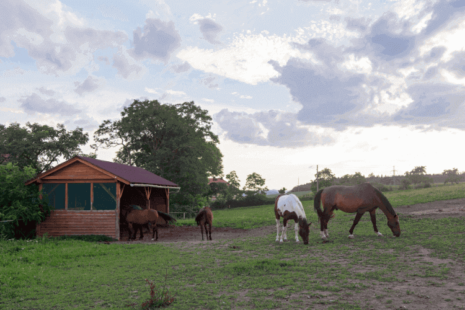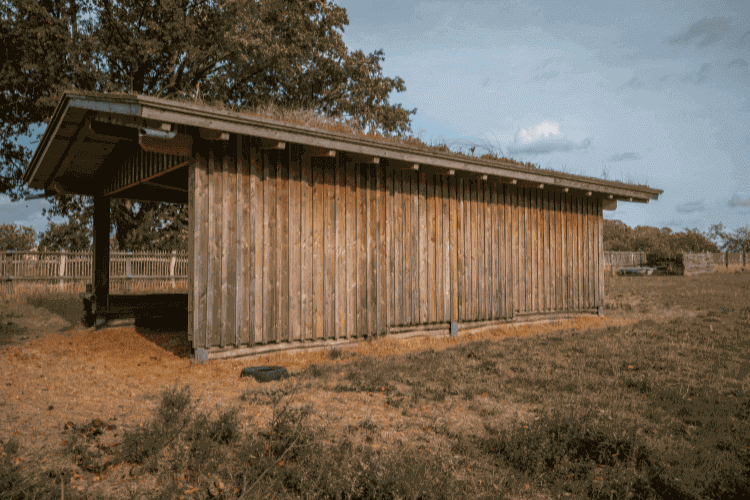Thursday 16th September, 2021

Horses aren’t exactly the easiest pets to house. Unlike most animals, they can’t just curl up at the end of your bed- let alone fit through the front door. Many horse owners opt for mobile field shelters as they are less expensive than barns, and are believed to be healthier homes for horses.
The main reason that owners choose mobile field shelters over more permanent solutions is that they typically do not require planning permission. However, with this benefit comes concern over how often you need to move your mobile field shelter. ‘Mobile’ being the operative word here, shelters should be moved every so often to avoid potential penalties. So, how often do you move your mobile field shelter?
To better understand this question, it’s good to get an understanding of the difference between mobile and static field shelters.
In general, field shelters provide warmth to grazing animals during the cold and shade in the heat. The key difference between the two, as their names indicate, is mobility. Mobile field shelters are designed to be moved around and come with skids so that they can be transported easily. Whereas, field shelters are permanent structures, typically having a base or water supply.

As mobile shelters are not considered permanent structures, you most likely won’t need planning permission to set them up. However, just because your shelter is moveable and has no concrete base, does not mean that you won’t face penalties.
If you fail to move your shelter to a new location in the field, you may be in potential danger of paying penalties to your local authority if they deem it to be a permanent rather than mobile structure. There have been instances where individuals have been fined for failing to move their shelters often enough. So, it’s a good idea to take precautions and move your mobile field shelter at least once every six or eight weeks.
Adding a base to a ‘mobile’ shelter may complicate things- regardless of whether the shelter has skids or not. For instance, shelters with concrete bases are almost always considered to be non-mobile structures. Moreover, in the past, bases made from other materials, such as washed river stone have been deemed as permanent structures. So, even if your shelter is designed to be mobile, you may require planning permission from your local council before putting down a base. In 2018, Dartmoor National Park informed Dartmoor residents that mobile field shelters are not automatically exempt from requiring planning permission. So, if you want to be on the safe side, seek advice from your local planning authority.

Now that we know how often you should move your structure, what about how?
With any concerns about how often you should, or how to, move your mobile field shelter, here are the benefits.

Each horse is different and so are each person’s circumstances. To get some advice about mobile fields shelters or planning permission, get in touch with us today. We are happy to help!